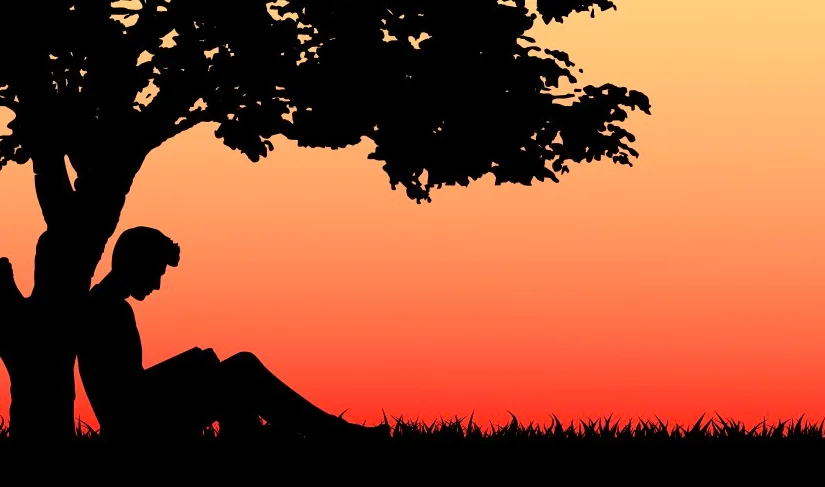Introduction
Mark Twain’s Adventures of google images huckleberry finn illustrations corncob [pipe is one of the most celebrated novels in American literature. Its rich narrative and vibrant characters have inspired countless artistic interpretations over the years. Among these, the portrayal of Huck Finn holding a corncob pipe is a recurring and iconic image. These illustrations, widely accessible through Google Images, provide a fascinating insight into how Huck Finn has been visualized over time. This article explores the historical significance, evolution, and cultural impact of these illustrations, emphasizing the role of the corncob pipe as a symbol in the visual representations of Huck Finn.
Huckleberry Finn and the Iconic Corncob Pipe
The Literary Significance of Huckleberry Finn
Huck Finn, the protagonist of Twain’s novel, is a symbol of independence and rebellion. His adventures along the Mississippi River showcase themes of freedom, morality, and self-discovery. Huck’s image—often portrayed with a corncob pipe—has become a cultural icon, representing the simplicity of rural American life and a boy’s journey to find his place in the world.
Why the Corncob Pipe Matters
In the context of the illustrations, the corncob pipe represents Huck’s connection to a simpler, more rustic lifestyle. Although Huck doesn’t smoke in the book, the pipe became an artistic shorthand for his carefree nature. It’s a detail that helps define Huck’s character, making him instantly recognizable in visual art.
Exploring Huck Finn Illustrations on Google Images
How Google Images Captures Huckleberry Finn Illustrations
Google Images has made it easier than ever to access and explore the world of Huck Finn illustrations. By using the keyword “Google images huckleberry finn illustrations corncob [pipe,” users can discover a treasure trove of artistic depictions. These range from early black-and-white drawings to modern digital art.
Using Google Images Effectively
To find the best results:
- Search Specific Phrases: Use the full keyword “Google images huckleberry finn illustrations corncob [pipe” for focused results.
- Apply Filters: Narrow down by image type, size, or usage rights to find illustrations suited for your purpose.
- Explore Related Searches: Google Images often suggests related keywords, helping users delve deeper into the topic.
Historical Evolution of Huckleberry Finn Illustrations
Early Depictions of Huck Finn
When Adventures of Huckleberry Finn was first published in 1884, E.W. Kemble’s illustrations accompanied the text. These early depictions set the standard for Huck’s image, including:
- Barefoot attire and ragged clothing.
- A straw hat symbolizing rural life.
- Occasional depictions of Huck holding a corncob pipe, emphasizing his down-to-earth nature.
Mid-20th Century Artistic Shifts
By the mid-1900s, illustrators began to adapt Huck’s imagery to reflect changing artistic styles and societal norms. Huck became more dynamic, often depicted in action-packed scenes that highlighted his adventurous spirit.
-
Characteristics of Mid-20th Century Illustrations:
-
- Bold colors and expressive designs.
- Greater emphasis on Huck’s interactions with Jim and other characters.
- The corncob pipe remained a recurring element in these portrayals.
Contemporary Visual Interpretations
Modern artists have taken creative liberties with Huck Finn, blending traditional elements with innovative styles. Digital platforms have played a significant role in diversifying Huck’s portrayal.
-
Notable Features of Contemporary Illustrations:
-
- Use of vibrant digital techniques.
- Abstract and minimalist designs.
- The corncob pipe continues to serve as a visual anchor to Huck’s rural roots.
Analyzing Huck Finn Illustrations with Corncob Pipe
Key Themes in Huck Finn Illustrations
| Theme | Description |
| Freedom and Adventure | Huck’s free-spirited nature reflected through dynamic poses and river settings. |
| Rural Simplicity | Depictions of the corncob pipe emphasize Huck’s connection to a simpler lifestyle. |
| Cultural Reflections | Artistic styles reflect the cultural and societal norms of their time. |
Cultural Significance of the Corncob Pipe
As a Symbol of Huck Finn’s Personality
The corncob pipe is not just a visual detail; it’s a symbol of Huck’s independent and rebellious character. It conveys his detachment from societal norms and his connection to nature and rural traditions.
Influence on Popular Culture
The image of Huck Finn with a corncob pipe has transcended literature, influencing various media, including:
- Movies and TV Adaptations: Often retain the corncob pipe to stay true to Huck’s visual identity.
- Merchandise: Huck’s illustrations are featured on posters, book covers, and collectible items.
Visual Characteristics of Huck Finn Illustrations
| Element | Description |
| Clothing | Torn shirts and loose pants reflecting Huck’s humble background. |
| Corncob Pipe | Symbolic of rural life and freedom. |
| River Settings | Frequent depiction of the Mississippi River, symbolizing freedom and adventure. |
| Expression | Huck is often illustrated with a playful or curious demeanor. |
How to Find Authentic Huck Finn Illustrations on Google Images
Tips for Effective Searching
- Use Complete Keywords: Search for “Google images huckleberry finn illustrations corncob [pipe” to get targeted results.
- Verify Authenticity: Check the source of the images to ensure they are from credible platforms like libraries or educational archives.
- Explore Historical Archives: Many older illustrations are available through digital collections linked in Google Images.
Benefits of Using Google Images
- Wide Access: Thousands of illustrations from different time periods and artistic styles.
- Ease of Use: Simple search functions and filters to refine results.
- Free Resources: Many images are available for educational and non-commercial use.
Challenges in Illustrating Huck Finn
Balancing Tradition and Innovation
Artists often struggle to stay true to Mark Twain’s vision while introducing fresh perspectives. This balance is critical in maintaining Huck’s authenticity.
Addressing Controversial Themes
Illustrators must navigate sensitive issues, such as race and social inequality, to ensure that their work aligns with modern values without losing the essence of the novel.
Conclusion
The keyword “Google images huckleberry finn illustrations corncob [pipe” unlocks a rich visual history of one of literature’s most iconic characters. From E.W. Kemble’s original drawings to modern digital reinterpretations, these illustrations continue to capture the essence of Huck Finn and his adventures.
The corncob pipe, a small but significant detail, serves as a timeless symbol of Huck’s individuality and connection to rural life. By exploring these illustrations on Google Images, we can appreciate the evolution of Huck Finn’s portrayal and the enduring impact of Mark Twain’s masterpiece.
FAQs
What Does the Corncob Pipe Symbolize in Huck Finn Illustrations?
The corncob pipe represents Huck’s connection to rural life and his adventurous, independent personality, making him easily recognizable in art.
How Can I Find Huck Finn Illustrations on Google Images?
Search for “Google images huckleberry finn illustrations corncob [pipe” and use filters to narrow results by size, type, or usage rights.
Who First Illustrated Huckleberry Finn with a Corncob Pipe?
E.W. Kemble, the original illustrator of Adventures of Huckleberry Finn, often depicted Huck with rustic details, including a corncob pipe.
Why Is the Corncob Pipe Common in Huck Finn Imagery?
Though Huck doesn’t smoke in the novel, the corncob pipe became a symbolic addition to highlight his carefree, rustic character in artistic portrayals.
How Do Modern Huck Finn Illustrations Differ from Older Ones?
Modern illustrations use vibrant, digital techniques while retaining traditional elements like the corncob pipe to reflect Huck’s timeless charm.






